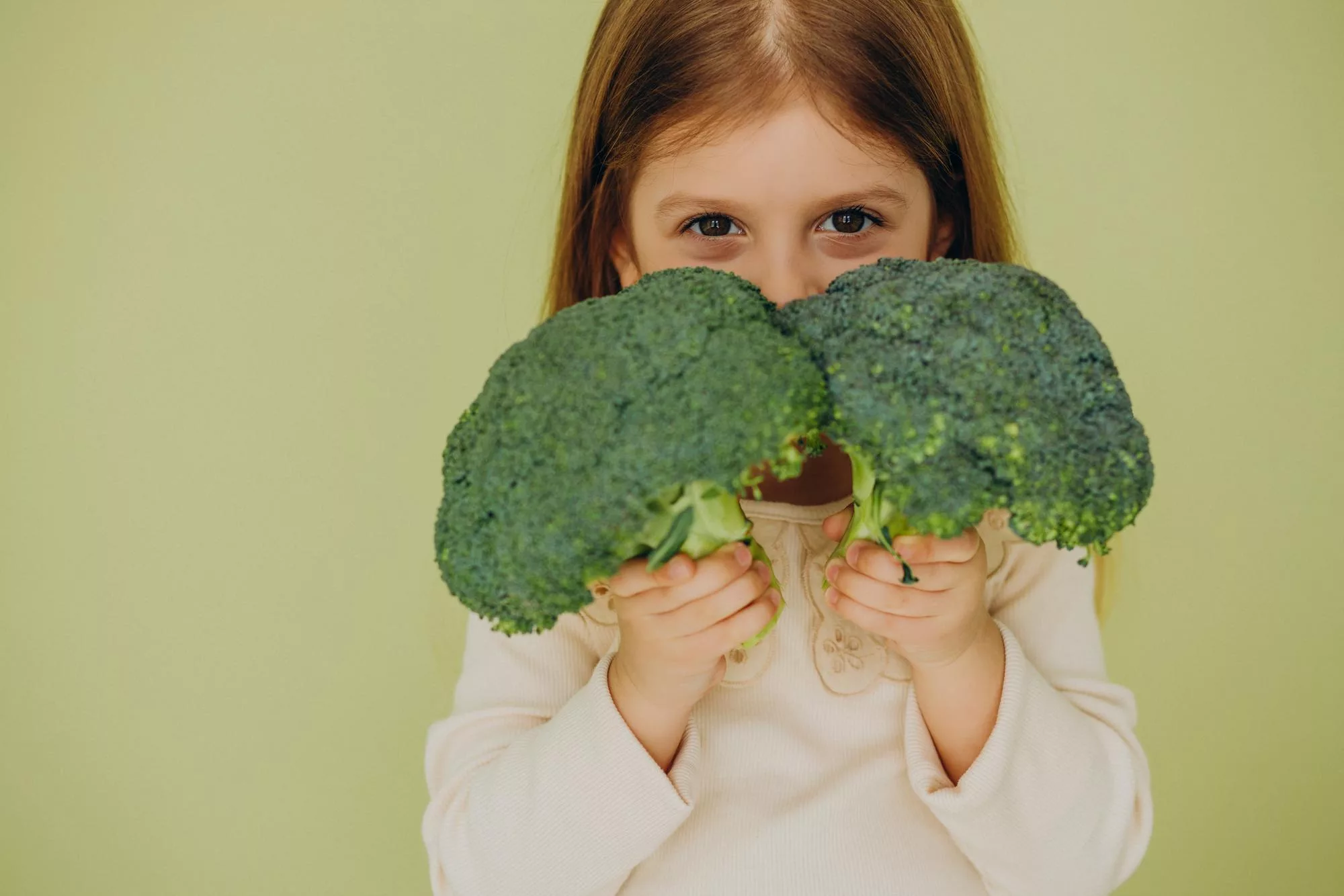
Vegetables are among the healthiest foods your children can eat, as they contribute to high energy, a strong immune system, and a reduced risk for disease and illness. However, many young kids tend to reject these superfoods due to their unappealing and sometimes bitter taste.
If your children generally refuse to eat vegetables, here are several creative ways to get them excited about eating their veggies, and some ideas for sneaking veggies into their favorite meals without them ever knowing!
Let Your Kids Help in the Kitchen
Involving your kids in the cooking and preparation process can often make them feel more excited and proud about eating vegetables. Ask younger kids like toddlers to pull veggies out of bags or the refrigerator, and teach older kids how to peel veggies like potatoes and carrots.
Other ways your kids can help in the kitchen include:
- Washing veggies in the sink
- Throwing away stems and outer layers
- Measuring or counting veggies
- Placing veggies into containers, pots, and pans
- Arranging veggies on dishes like homemade pizza
- Tossing veggies in a salad or using a salad spinner
Introduce Dips
Many veggies become more appetizing when paired with tasty dips. Hummus, peanut butter, guacamole, and salad dressings are all good dips to pair with veggies. You can also ask your kids about their favorite dips and prepare healthy, homemade versions with fresh ingredients that lack sugars and preservatives.
Add Them to Smoothies
Veggies can easily be added to your children’s favorite fruit smoothies without their knowledge. Many smoothie recipes include leafy greens like kale and spinach and root vegetables like beets, sweet potatoes, and carrots.
Good smoothie recipes usually have you add just the right amount of veggies so you wouldn’t know they were in your drink unless someone told you. For instance, you can make a delicious strawberry smoothie using strawberries, bananas, milk, and cauliflower.
If you have a juicer, you could also experiment with making different juices that contain veggies. Nearly any vegetable can be used in juicers, including celery, cucumber, and carrots.
Make Pureed Soups
Nearly any vegetable can be made into a delicious and healthy pureed soup. Leeks, sweet potatoes, carrots, zucchini, and cauliflower are some of the many veggies that you can cook into soups and blend using an immersion blender so your kids won’t see the vegetable chunks or know what they’re eating. Many pureed soups also contain beans, lentils, and/or chicken, which can increase the nutritional value of your meals.
Give Them Options
Involve your children in the decision-making process when buying and cooking vegetables. Take them to the grocery store and have them choose veggies that appeal to them the most. Then, have them hand-pick the vegetables from bins and shelves.
If your kids pick vegetables that you don’t normally cook, look up a variety of recipes online and ask your kids to the recipe. Children—especially young kids like toddlers—will appreciate making choices that make them feel more independent.
Sneak Them Into Their Favorite Recipes
Pizza, macaroni and cheese, mashed potatoes, and spaghetti are usually children’s favorite meals. Fortunately, you can sneak vegetables into every one of these dishes!
You can make pizza with cauliflower crust and top with an array of colorful veggies. “Hidden” macaroni and cheese recipes have you boil or steam carrots, butternut squash, and cauliflower, and then blend and mix them into the cheese sauce.
You can easily steam or boil cauliflower with potatoes to make creamy and healthy mashed potatoes, while you can make spaghetti using zucchini noodles and pasta sauces loaded with pureed veggies. You can also blend pureed vegetables like pumpkin, zucchini, and carrots into baked goods like muffins, breads, and cookies.
Next time, before preparing your kids’ favorite meals, look up healthier versions online that include veggies. You may be surprised at how many different versions there are that were created by parents just like you who want their children to eat more vegetables.
Set a Good Example
It’s natural for children to adopt many of the same behaviors as their parents and to continue practicing those behaviors well into adulthood. An effective way to get your kids into the habit of eating veggies for life is to eat them yourself and serve them with every meal. When your kids see you enjoying vegetables, they’ll want to share the experience as well, and they may be more inclined to experiment with different tastes.
Consult with your children’s pediatrician if your kids still won’t eat vegetables despite you trying numerous ways to increase their intake. Your healthcare provider can talk to you and your kids in greater detail about diet and nutrition, and make other suggestions to ensure your children get the vitamins and nutrients they need to stay healthy.
Resource Links
- “5 Tricks to Try if Your Child Won’t Eat Their Veggies” via University of Toledo
- “How can I get my children to eat more vegetables?” via the Department of Agriculture